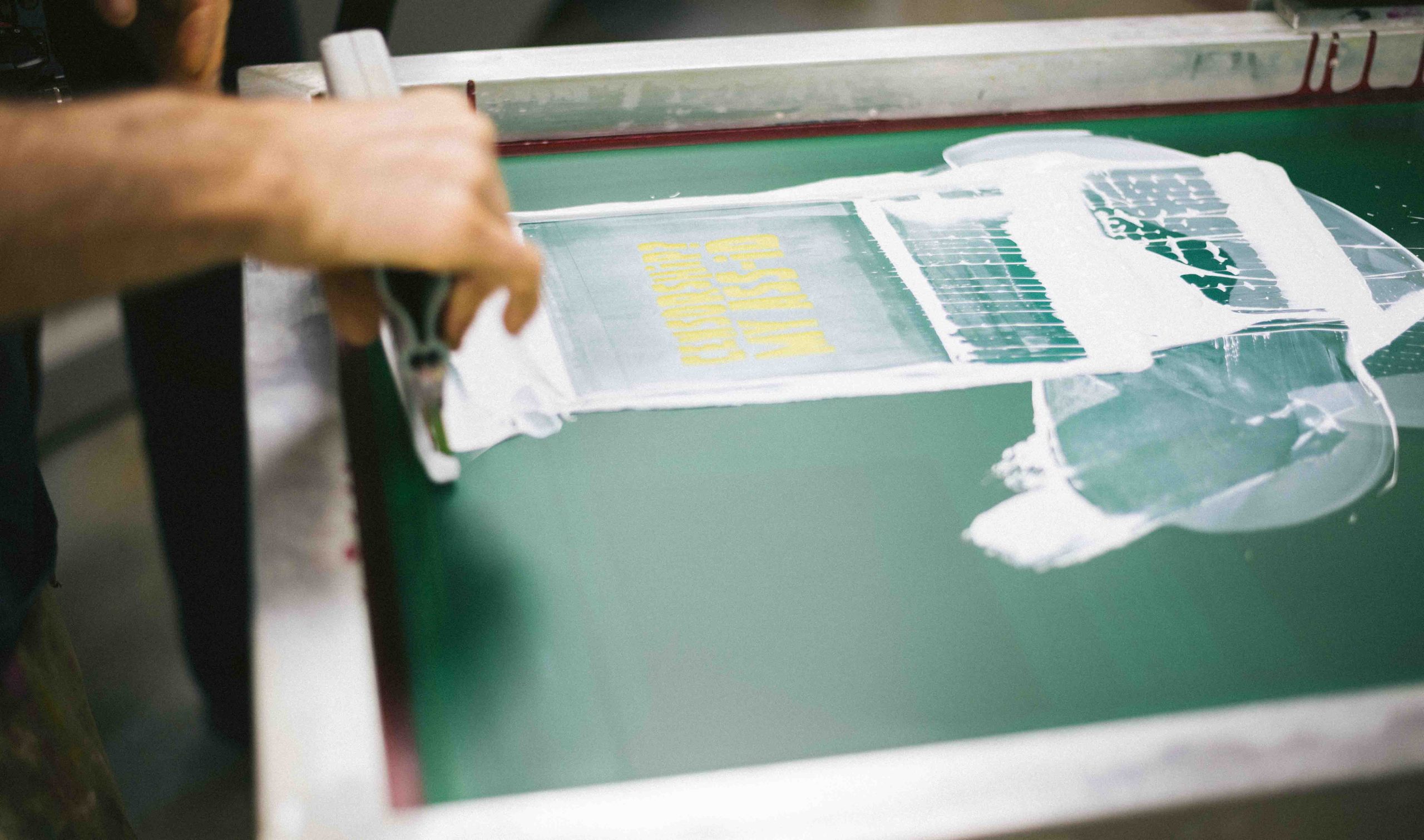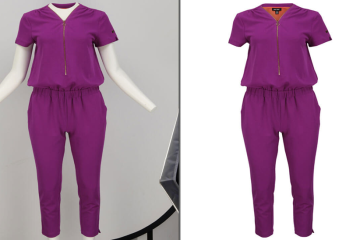Custom screen printing is a versatile and popular method for creating personalized apparel that reflects individuality, promotes businesses, or commemorates events. From initial concept to the final printed garment, the process involves a series of meticulous steps that blend artistry with technical precision. This article delves into the journey of how custom screen-printed t-shirts come to life, highlighting each stage from design inception to the finished product.
Understanding Custom Screen Printing
Custom screen-printed t-shirts offer a personalized touch that goes beyond mere clothing; they represent individuality, creativity, and expression. Whether used for corporate branding, team uniforms, event souvenirs, or personal statements, each t-shirt is a canvas for unique designs and vibrant colors.
The process involves meticulous attention to detail, from initial concept and design to the precise mixing of inks and expert application through mesh screens. This method ensures durable and high-quality prints that withstand wear and washing, making them ideal for both casual wear and promotional purposes. Custom screen-printed t-shirts not only showcase artistic flair but also serve as memorable keepsakes that leave a lasting impression.
Custom screen printing is a technique where a design is transferred onto a t-shirt (or other fabric) through a mesh screen. Each color in the design requires a separate screen, allowing for intricate and multi-colored designs to be accurately reproduced. This method is favored for its durability, vibrant colors, and ability to handle both small and large production runs effectively.
Step 1: Concept and Design
Every custom screen-printed t-shirt begins with an idea. Whether it’s a company logo, a team emblem, a piece of artwork, or a slogan, the design serves as the foundation of the entire process. Designers and clients collaborate to refine concepts, ensuring that the final artwork aligns with the intended message or aesthetic.
In this initial stage, digital design software like Adobe Illustrator or Photoshop is often used to create or refine the artwork. Designers consider factors such as color selection, placement on the garment, and the type of fabric to be used. The goal is to achieve a design that not only looks visually appealing but also translates well into the screen printing process.
Step 2: Preparing the Screens
Once the design is finalized, the next step involves preparing the screens. Each color in the design requires its own screen, which is made of fine mesh stretched tightly over a frame. The mesh is typically made of polyester or nylon, chosen for its durability and ability to hold fine details during printing.
To prepare the screens, a light-sensitive emulsion is applied evenly onto the mesh. The design is then printed onto a transparent film or acetate sheet and placed over the coated screen. The screen is exposed to ultraviolet light, causing the emulsion to harden except where the design blocks the light. After exposure, the screen is washed with water, revealing a stencil of the design on the mesh. Any areas not exposed to light (corresponding to the design) remain water-soluble and are washed away, leaving behind open mesh areas through which ink can pass during printing.
Step 3: Setting Up the Printing Press
With screens prepared, they are mounted onto a printing press. The number of screens corresponds to the number of colors in the design. Each screen is precisely aligned on the press to ensure accurate registration of colors during printing. Registration marks on the screens and garment aids in aligning the screens for each color pass.
Step 4: Mixing and Applying Ink
Ink selection is crucial in achieving desired print results. Screen printing inks come in various types such as plastisol, water-based, and discharge inks. Plastisol ink is the most commonly used due to its versatility and vibrant colors. Water-based inks are favored for their soft feel and eco-friendliness, while discharge inks work well on dark fabrics by removing the dye and replacing it with a pigment.
Ink mixing involves creating precise color matches based on Pantone Matching System (PMS) colors or custom formulations. Once mixed, the ink is loaded onto the screen at the top of the press. A squeegee is then pulled across the screen, forcing the ink through the mesh and onto the garment below. This process is repeated for each color in the design, with careful attention to detail to maintain color integrity and coverage.
Step 5: Printing Process
The actual printing process requires skill and consistency. Each garment is placed onto a platen (a flat board) on the printing press. The screen is lowered into position, and ink is applied using the squeegee in a smooth, even stroke. The squeegee’s pressure, angle, and speed affect the amount of ink deposited, influencing the final print quality.
After printing each color, the garment passes through a dryer conveyor system. This cures the ink, ensuring durability and wash-fastness. Once all colors are printed and cured, the garment undergoes a final inspection to ensure the design meets quality standards.
Step 6: Finishing and Quality Control
Post-printing, the t-shirts may undergo additional processes depending on the client’s specifications. These can include folding, tagging, bagging, or special finishing techniques like heat pressing for additional elements such as names or numbers.
Quality control is paramount throughout the entire process. Printed garments are inspected for color accuracy, print clarity, registration, and overall finish. Any discrepancies are addressed promptly to maintain the highest standards of craftsmanship.
Conclusion
Custom screen printing transforms ideas into wearable art, blending creativity with technical expertise to produce personalized apparel that resonates with individuals and communities alike. From concept to fabric, each step in the process contributes to the final product’s quality and uniqueness. Whether for promotional purposes, personal expression, or commemorative events, custom screen-printed t-shirts continue to serve as powerful mediums for conveying messages and creating lasting impressions. As technology and innovation advance, the future of custom screen printing promises even greater possibilities in design, sustainability, and customization, ensuring its enduring relevance in the world of fashion and beyond.



